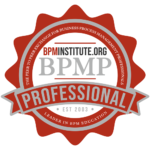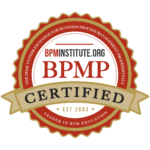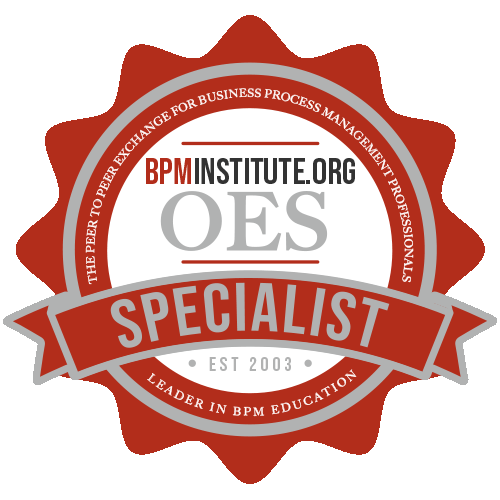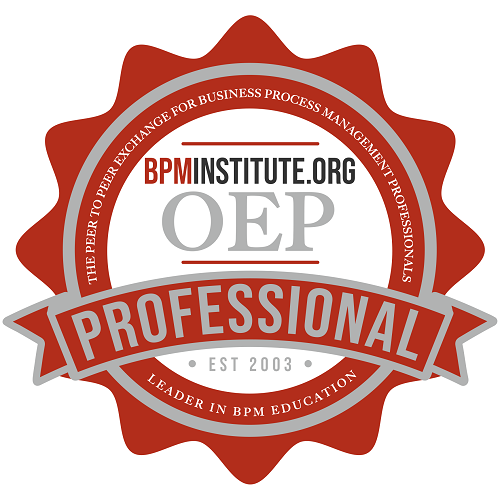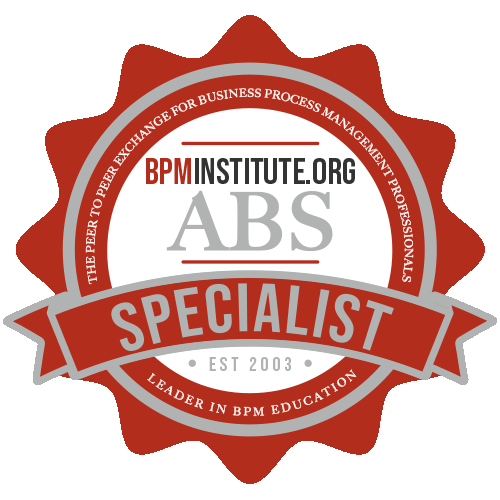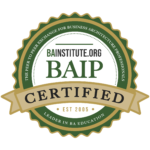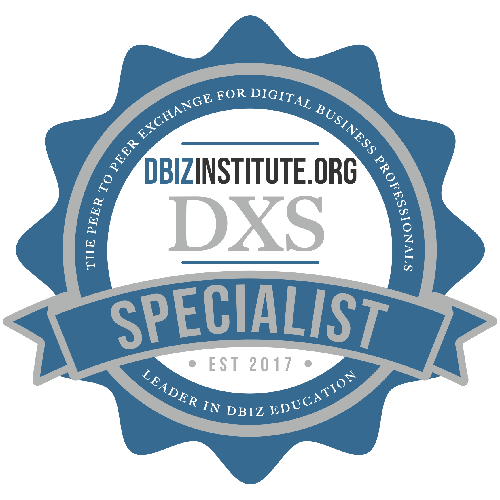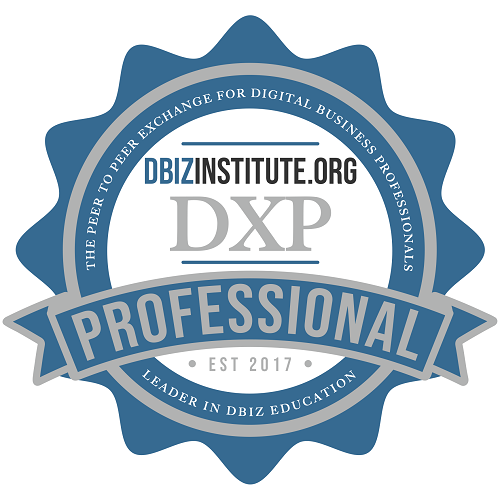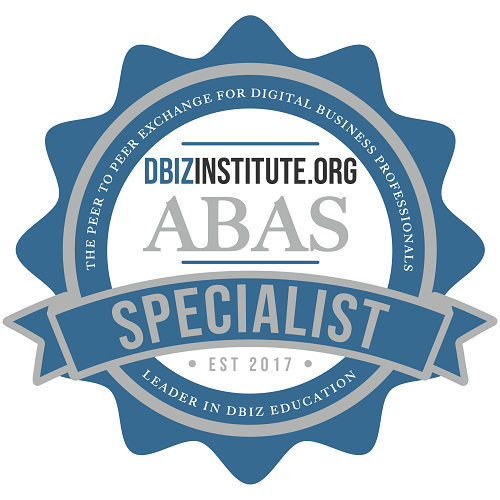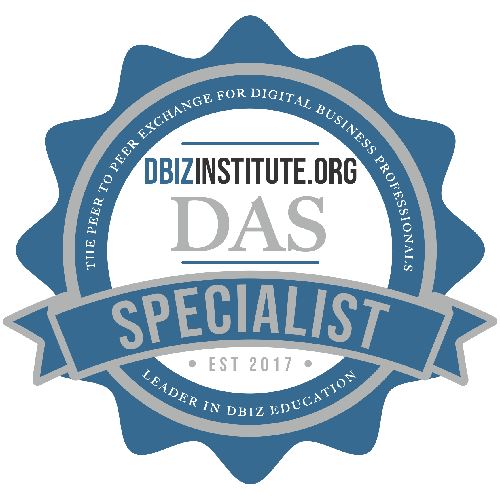As organizations mature in their Business Process Management (BPM) journeys, the spotlight shifts from one-off improvements toward a more strategic, sustainable framework. Enter process governance: the mechanism by which companies ensure that BPM efforts remain aligned with overarching business objectives, maintain quality standards, and continue to deliver measurable value over time. Moving beyond standard project-based management, advanced process governance involves roles, responsibilities, and structures that safeguard and nurture BPM’s long-term impact. In this article, we’ll examine the key components of advanced process governance, why it matters, and how to set up a governance model that supports ongoing success.
Why Advanced Process Governance Matters
In the early stages of BPM, teams often tackle clear bottlenecks or pain points—like a cumbersome approval process or slow customer onboarding. These targeted wins demonstrate the power of BPM, but they can also remain isolated pockets of efficiency if not integrated into a broader strategy. Over time, multiple disjointed initiatives can spawn conflicts in resource allocation, inconsistent documentation standards, and even duplicated efforts.
Process governance addresses these challenges by coordinating BPM at the organizational level. With a governance structure in place, you can:
- Ensure Consistency: Establish standard methodologies, notations, and tools across different teams.
- Align with Strategy: Evaluate new BPM initiatives against strategic goals, ensuring that each effort contributes to the bigger picture.
- Prevent Silos: Provide oversight so that multiple projects don’t inadvertently work at cross purposes or miss valuable cross-departmental synergies.
- Sustain Performance: Track metrics and performance over time, making continuous improvement part of the company culture rather than an ad hoc exercise.
Defining Roles and Responsibilities
Central to effective process governance is a clear delineation of who does what. Some common roles in an advanced governance model include:
- Executive Sponsor:
Often a C-level executive who endorses BPM at the strategic level, secures budget, and champions large-scale initiatives. - Process Owner:
The individual or team responsible for the end-to-end performance of a given process. They ensure that updates align with organizational goals and manage any cross-functional dependencies. - BPM Center of Excellence (CoE):
A dedicated group that sets standards, provides training, and offers consultative support. The CoE might also help with technology selection and advanced modeling or analytics. - Process Stewards or Champions:
On-the-ground leaders who keep an eye on day-to-day process execution. They gather feedback, monitor performance, and escalate issues to the process owner when needed.
By formalizing these roles, everyone understands their obligations, reducing confusion and fostering accountability. Process governance isn’t about micromanagement; rather, it distributes responsibilities so that improvements can bubble up from all levels while staying true to the organization’s strategic vision.
Establishing Standards and Methodologies
A governance framework thrives on consistency. Even if different departments use unique systems or have specialized tasks, a common BPM language and approach ensures coherence. This might mean:
- Modeling Conventions:
Adopting a standard notation like BPMN (Business Process Model and Notation) so that process diagrams can be understood across the enterprise. - Documentation Templates:
Requiring each process to follow a similar format—detailing inputs, outputs, KPIs, and stakeholder roles. - Review Cycles:
Scheduling regular audits or checkpoints to verify that processes remain current and effective, especially when technology or market conditions shift.
Think of these standards as a guiding framework rather than a strict rulebook. Overly rigid policies can stifle innovation, whereas well-crafted guidelines empower teams to collaborate effectively.
Funding and Resource Allocation
As BPM scales, it competes with other organizational priorities for time, budget, and talent. Process governance helps establish a clear decision-making process for resource allocation. For example:
- Portfolio Management:
Create a tiered system where mission-critical processes receive top funding and support, while lower-tier processes might be improved only as time and budget permit. - ROI and Prioritization:
Evaluate prospective BPM initiatives based on cost-benefit analyses, strategic alignment, and risk reduction. Processes that promise the greatest return on investment—or are most critical to customer satisfaction—move to the front of the queue. - Sponsorship Model:
For large-scale projects that cross multiple departments, consider co-sponsorship arrangements. This ensures that each stakeholder shares both the cost and the outcome, fostering collaboration rather than competition.
A transparent funding mechanism not only streamlines approval workflows but also builds trust in the governance system itself.
Continuous Monitoring and Improvement
Long-term success hinges on an organization’s ability to measure and refine processes over time. Advanced process governance includes robust performance management tools:
- KPI Dashboards:
Real-time or regularly updated metrics help leaders spot trends, identify bottlenecks, and address issues proactively. - Benchmarking:
Compare current metrics to historical data or industry standards to see how your organization measures up. - Feedback Loops:
Encourage process stewards, frontline employees, and even customers to share feedback. Regular input keeps processes aligned with evolving needs.
By regularly examining outcomes and listening to stakeholders, governance transforms BPM from a static framework into a living, adaptive system.
Building a Culture of Accountability
Even the best governance model will falter if the organizational culture doesn’t support it. Leaders at all levels should champion a culture that values transparency, learning, and responsibility. Recognize and reward teams that embody these principles—those who spot potential inefficiencies, propose new initiatives, and openly share results. Over time, such a culture embeds governance principles into day-to-day operations, ensuring that BPM becomes a sustained organizational capability rather than a passing trend.
Advanced process governance isn’t just about creating formal structures; it’s about setting the stage for BPM to flourish enterprise-wide. By clarifying roles, standardizing methodologies, carefully allocating resources, and continuously monitoring outcomes, organizations create an environment where processes can adapt and improve indefinitely. Far from stifling creativity, well-designed governance empowers teams to innovate within a consistent, strategic framework—yielding long-term success that resonates from the executive suite to the operational front lines.






